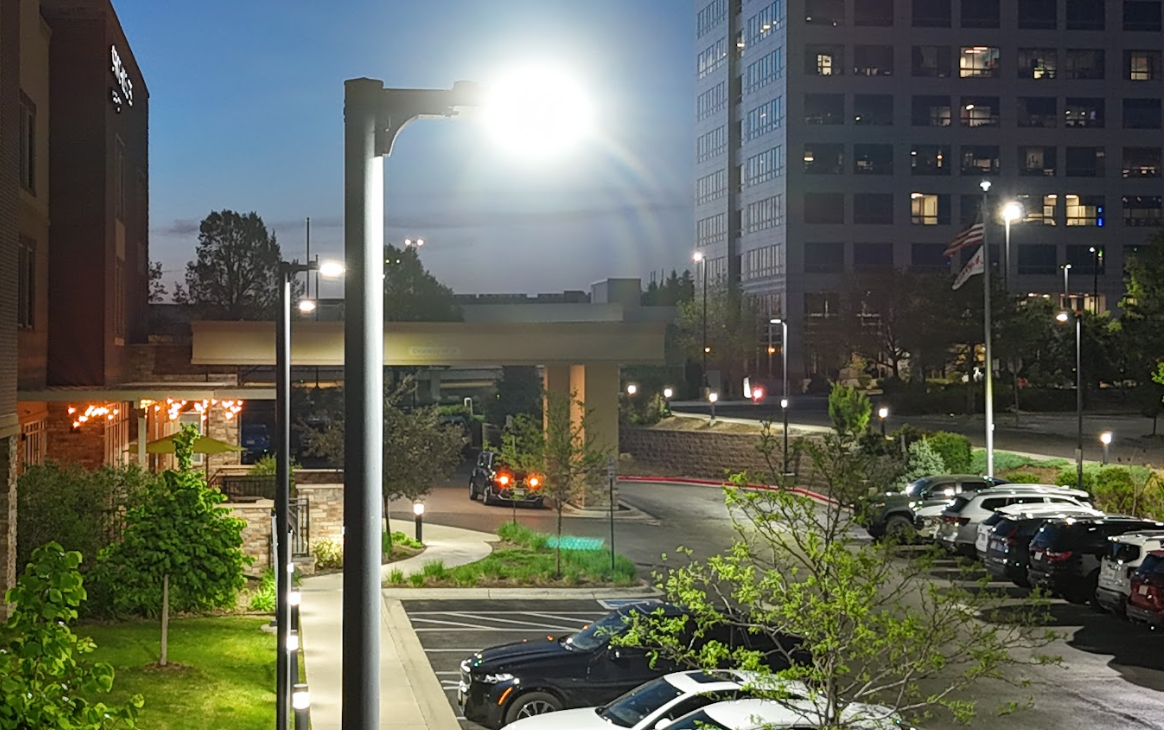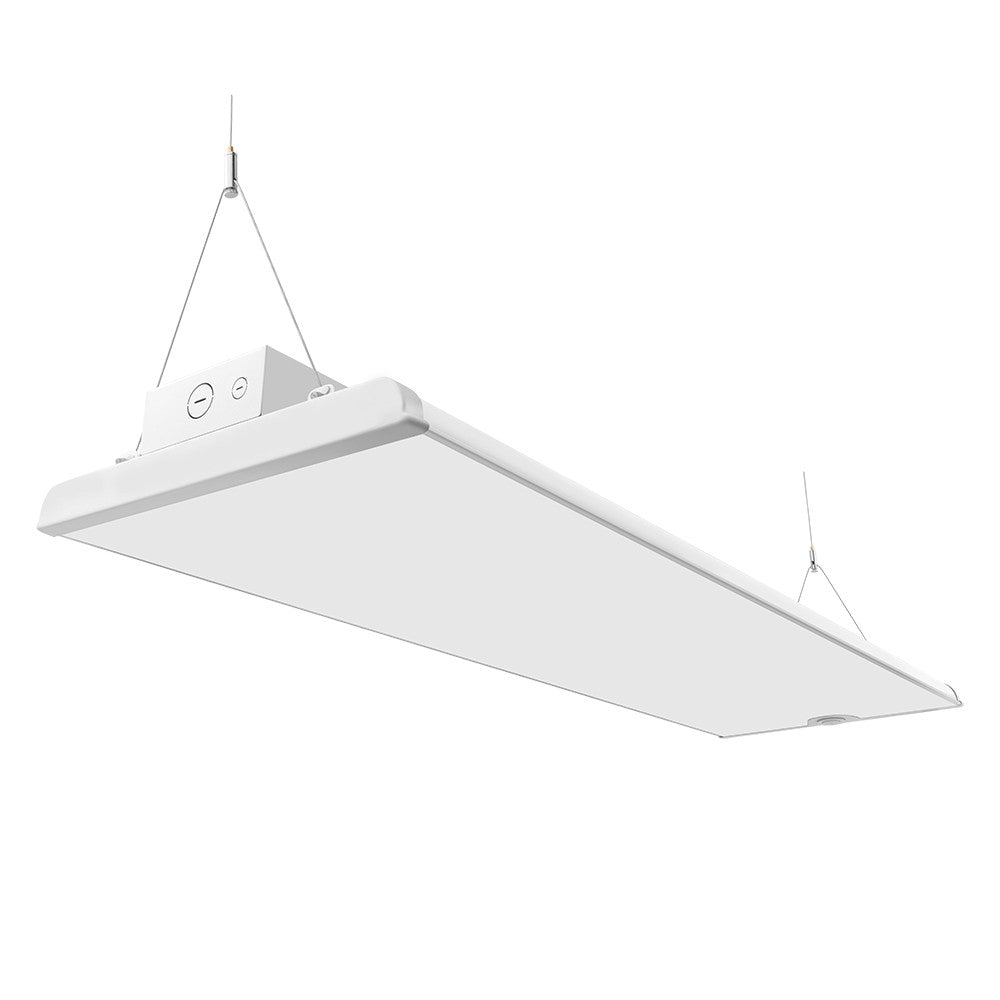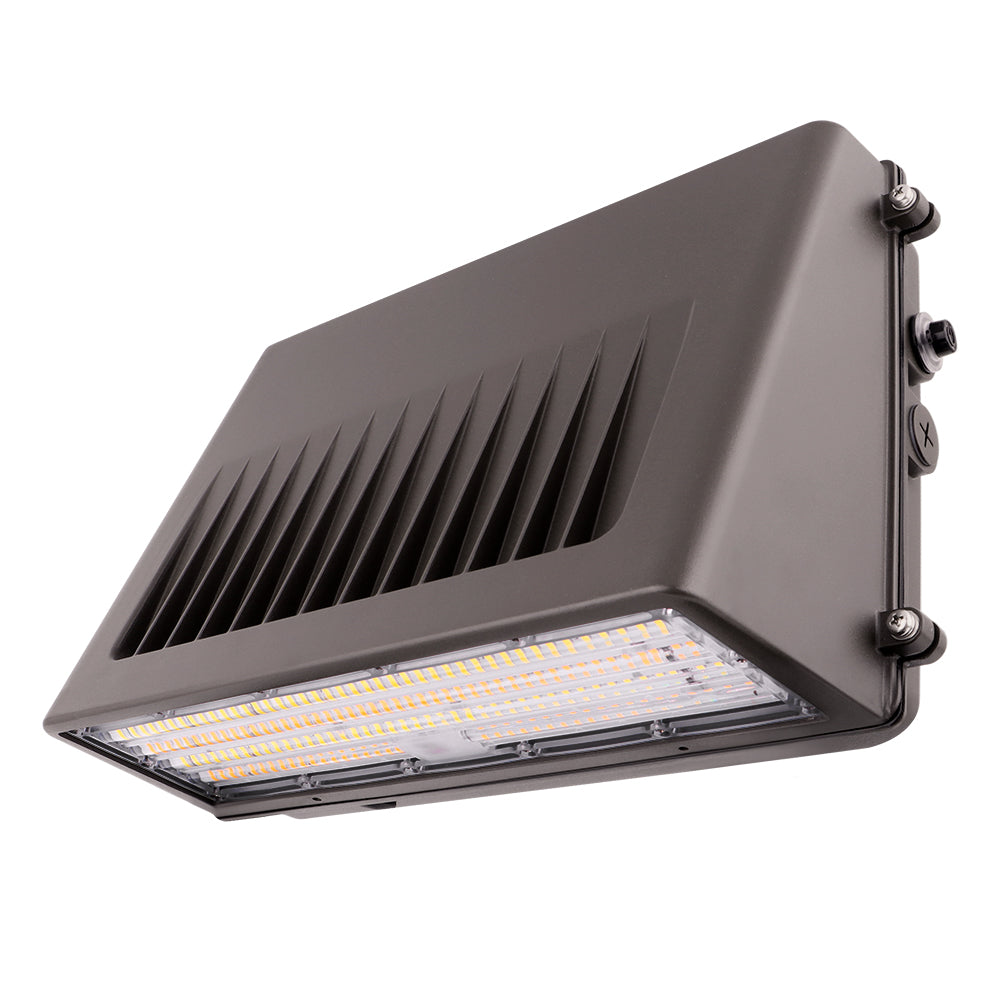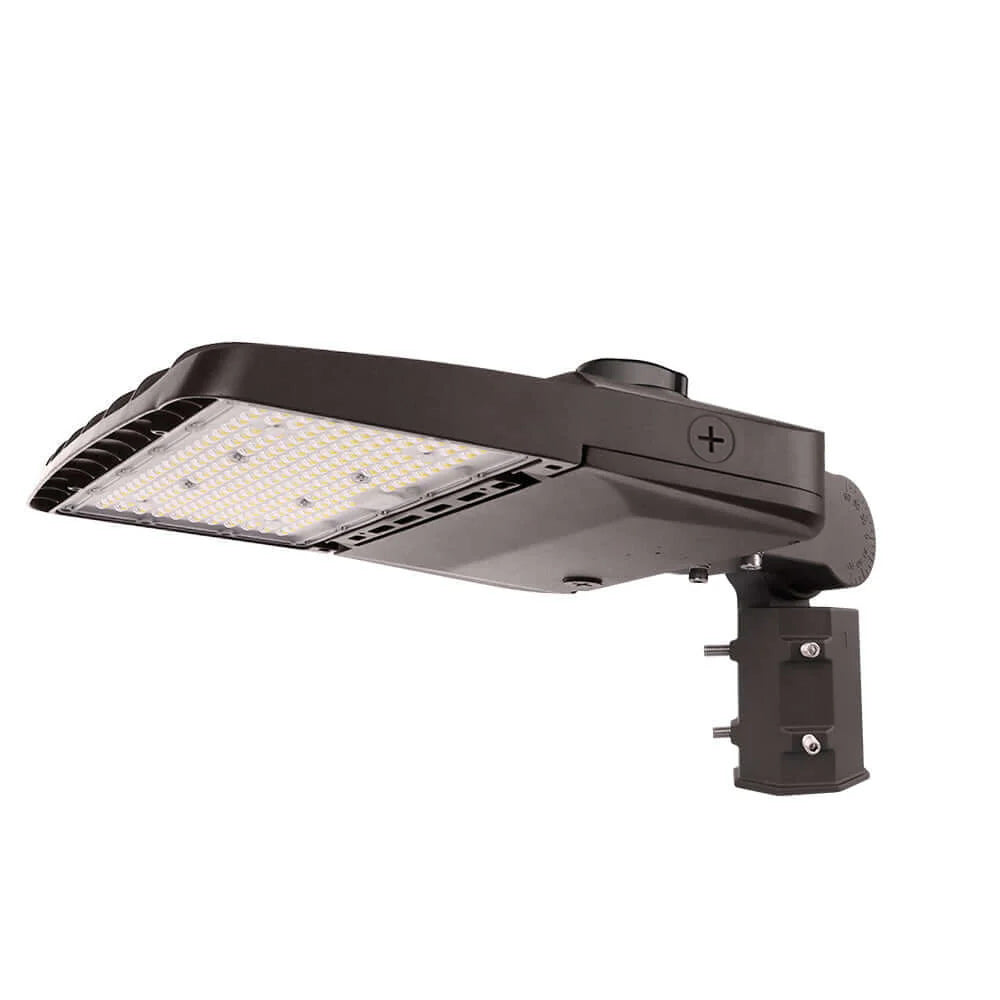At Revolve LED, we've seen firsthand how the right parking lot lighting makes all the difference in safety, security, and overall property value. LED parking lot lights are built for efficiency and long-term performance, but even the best fixtures can fall short if installation mistakes are made. Proper setup not only maximizes brightness and coverage but also extends the life of your investment while keeping operating costs low. In this guide, our team highlights the top five LED parking lot lights installation mistakes to avoid, so you can achieve a reliable, professional lighting solution the first time.
Mistake 1: Voltage Mismatches
One of the most common issues we see during installation is overlooking voltage compatibility. If the fixture's voltage range doesn't match the power supply, you risk underpowered lights, flickering, or even premature burnout. To avoid these costly setbacks, always double-check the fixture's voltage requirements (e.g., 120V, 277V, 480V) before wiring. At Revolve led, many of LED parking lot lights offer wide voltage ranges, making them adaptable for various applications just be sure your setup aligns with the specs.
Mistake 2: Using the Wrong Mounting Brackets
Mounting systems for LED area/parking lot lights are application-specific, not universal. Using generic or mismatched brackets on poles, walls, or ceilings can compromise structural integrity—fixtures may shift out of aim, or fail under wind load and weight—creating safety and liability risks. Each bracket is engineered for a particular interface (e.g., slipfitter for 2-3/8" round tenons, pole mounts for specific drill patterns on square/round poles, yoke/trunnion for flat surfaces, fixed wall mounts), and they are not interchangeable in most cases. Always verify pole/tenon size, drilling template, fixture weight/EPA, and adjustability needs, and use manufacturer-approved hardware for a secure, code-compliant installation.
Mistake 3: Poor Fixture Spacing and Placement
Throwing lights up on existing poles without a plan is a common error. Haphazard spacing creates a dangerous patchwork of dark spots and overly bright, glaring areas. This compromises both security and visual comfort. Proper lighting design is about achieving uniform illumination.
Follow industry best practices that consider pole height, fixture wattage, and the desired light level. We strongly recommend using a photometric plan, a lighting layout diagram that simulates the results before you install. Our team @ RevolveLED can generate these to guarantee optimal coverage and avoid wasteful over-lighting.
Mistake 4: Not Using Smart Controls (Photocell & Motion Sensors)
Installing brilliant LED lights only to have them burn at full power all night is like leaving your car running in the driveway. It wastes the technology's potential for massive energy savings. Photocells automatically turn lights on at dusk and off at dawn, while motion sensors can dim fixtures to a lower level during inactive periods, surging to full brightness when motion is detected.
Integrating smart controls is a non-negotiable for modern parking lots. It dramatically reduces energy costs and extends the lifespan of your LEDs. This is especially effective in lots that see low activity after business hours.
Mistake 5: Ignoring Light Distribution Types
An LED fixture's raw power is only half the story; how it directs that light is what truly creates an effective and efficient lighting system. Every parking lot has a unique layout, and using the wrong beam pattern leads to glaring hot spots, dangerous dark zones, and wasted energy through light trespass. Selecting the correct optical distribution is fundamental to professional-grade results.
LED parking lot lights are engineered with specific beam patterns to suit different applications. The most common types we specify are:
- Type III (Medium): This distribution produces a symmetrical, rectangular beam that is wider than it is long. It's the standard for general parking aisles, providing excellent cross-light coverage when mounted at the perimeter of a lot.
- Type IV (Forward Throw): This pattern creates a asymmetrical, "kidney-shaped" beam that projects light further forward. It's perfect for perimeters or building-mounted applications where you need to throw light outward and control spill, such as along a property line.
- Type V (Square): This distribution delivers a symmetrical, circular or square pattern that provides uniform illumination in all directions. It's ideal for center-mounted applications in large, open spaces, like a mall parking lot, where even coverage from a single pole is required.
Don't just pick a fixture based on wattage. Consider the layout of your space and the mounting location. Using a Type V light on a perimeter pole will waste light beyond your property, while a Type III light in the center of a large area will leave dark corners. Consult with our team or use a photometric analysis to match the perfect distribution pattern to your project for maximum visibility and efficiency.
Best Practices for a Successful LED Parking Lot Light Installation
A successful installation starts long before the first fixture is mounted. Proper planning is the key to unlocking the full safety, security, and financial benefits of your LED upgrade. To ensure your project goes smoothly, follow this quick checklist:
Do's:
- Plan using photometric layouts
- Check voltage and fixture compatibility
- Use proper mounting hardware
- Integrate smart controls (photocells, motion sensors)
- Consult lighting professionals for large-scale installs
Don'ts:
- Don't ignore fixture spacing or placement standards
- Don't skip voltage verification
- Don't use mismatched mounting brackets
- Don't overlook light distribution types
- Don't install without planning and expert advice
For large or complex projects, partnering with a lighting expert pays off. RevolveLED offers a free, no-obligation lighting design service, we’ll model your site and recommend fixture count, optics, mounting heights, and aiming to control glare and maximize uniformity.
Apply here: https://revolveled.com/pages/lighting-layout
Tip: When you apply, include your site address or plan, pole locations/heights, target light levels (fc), voltage, preferred controls, and timeline to speed up your design.
Light Up Your Lot Right the First Time
Avoid costly errors by steering clear of the top 5 LED parking lot light installation mistakes: voltage mismatches, wrong mounting brackets, poor spacing, skipping smart controls, and ignoring light distribution types. Proper installation maximizes your parking lot's safety, energy efficiency, and long-term cost savings. Get the job done right the first time by trusting Revolve LED's expert-designed parking lot lighting solutions. Explore our reliable fixtures, mounts, and control systems to ensure your lot shines bright and safe every night.










